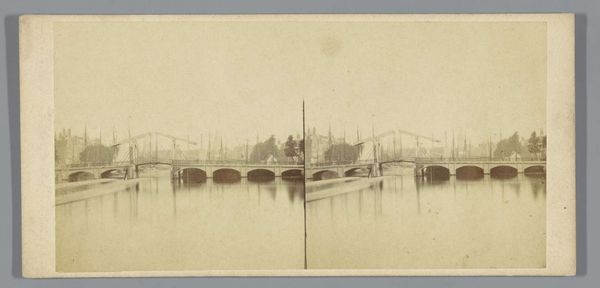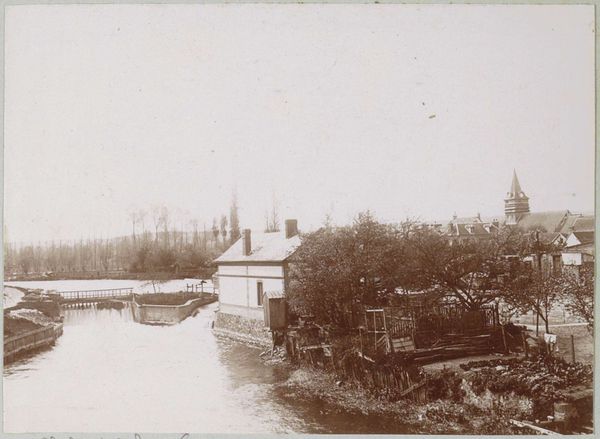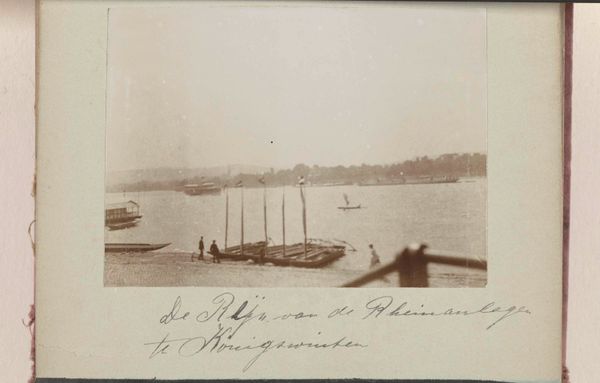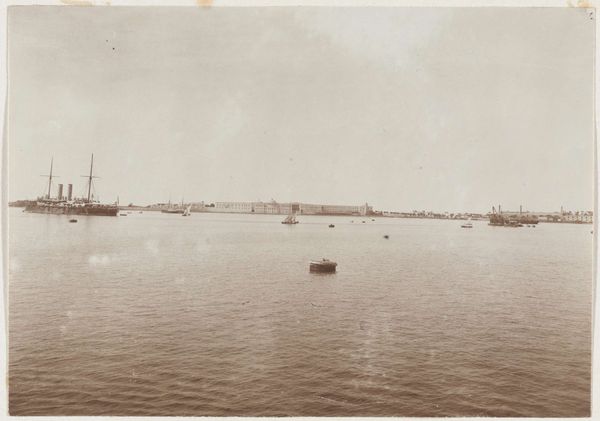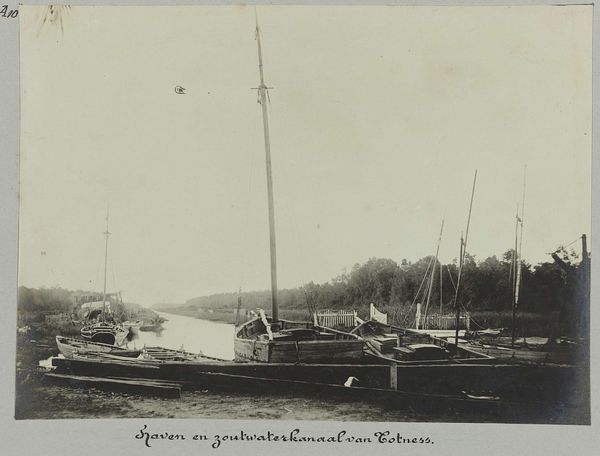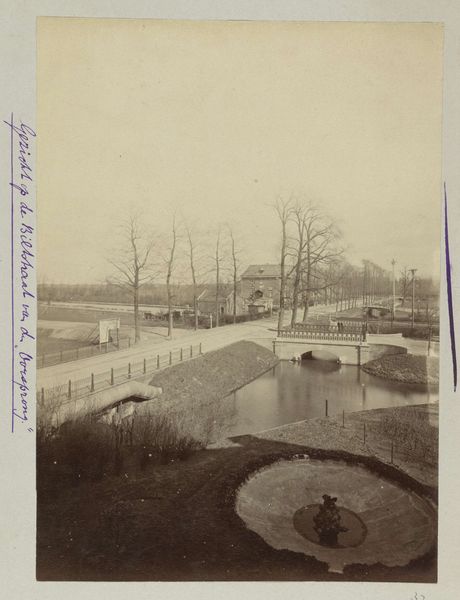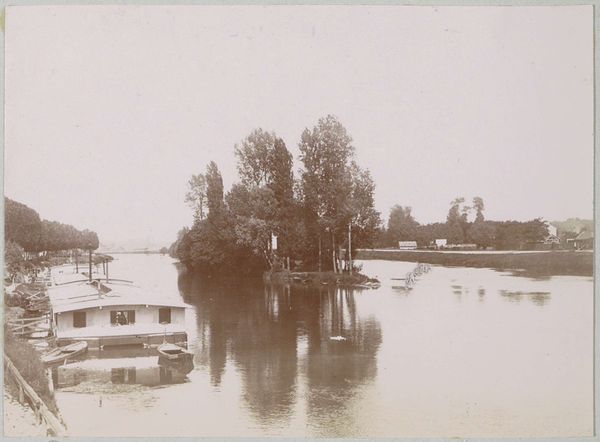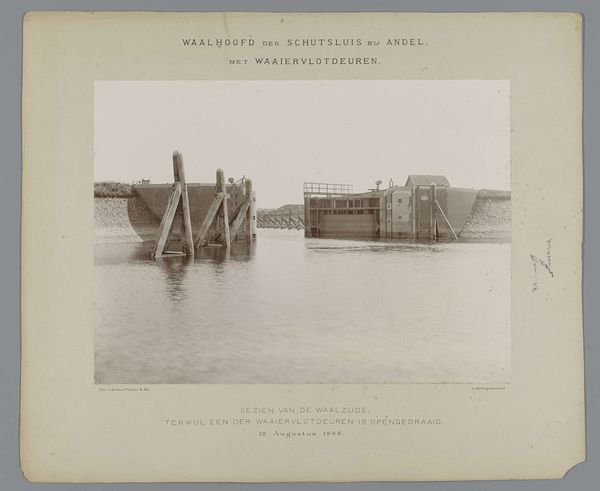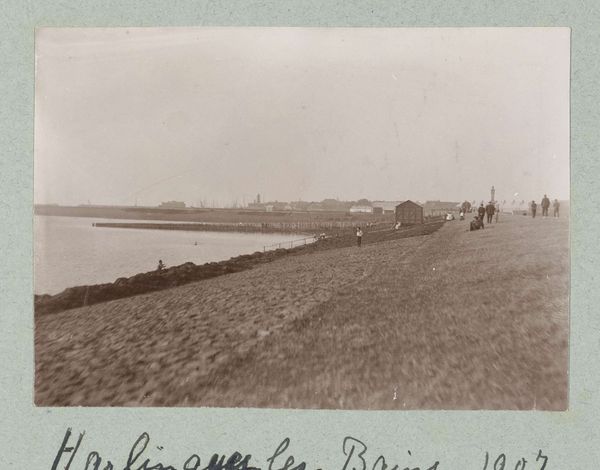
Mensen op een boot met zandzakken nabij het dorp Kethel, overstroomd door een dijk doorbraak c. 1903
0:00
0:00
photography, gelatin-silver-print
#
dutch-golden-age
#
landscape
#
photography
#
gelatin-silver-print
#
realism
Dimensions: height 79 mm, width 109 mm, height 242 mm, width 333 mm
Copyright: Rijks Museum: Open Domain
Editor: So, here we have Frits Freerks Fontein’s gelatin silver print from around 1903, titled "People on a Boat with Sandbags Near the Village of Kethel, Flooded by a Levee Breach". It strikes me as quite bleak. The tones are muted, and the subject matter feels heavy with the weight of disaster. How do you interpret this work? Curator: It's a powerful document of a community grappling with environmental crisis. Consider the date, around 1903. This was a time of intense industrialization, yet communities were still vulnerable to natural disasters. The photograph highlights a specific instance – a levee breach – but also points to a larger story of the complex relationship between humans and their environment. Look at the composition. What do you see? Editor: There's a clear division: the flooded landscape, then the boat filled with people and sandbags, struggling against it all. Curator: Exactly! The photograph is more than just a record. It becomes a visual representation of the social struggle, really. The sandbags symbolize an attempt to control and contain, but the figures on the boat also embody resistance and collective action. In this light, the photograph invites a discourse about whose stories get told, and how environmental disasters disproportionately affect marginalized communities. Can we see this as a premonition to a call for ecological justice? Editor: That’s such a different way to see it, far beyond just a historical photograph. Curator: These historical images can be tools to spark critical dialogues about pressing issues, encouraging new ways to perceive the artwork’s importance in our contemporary society. Editor: It is fascinating to examine the layers of meaning within what initially appears as a simple depiction of a past event. Thanks!
Comments
No comments
Be the first to comment and join the conversation on the ultimate creative platform.


